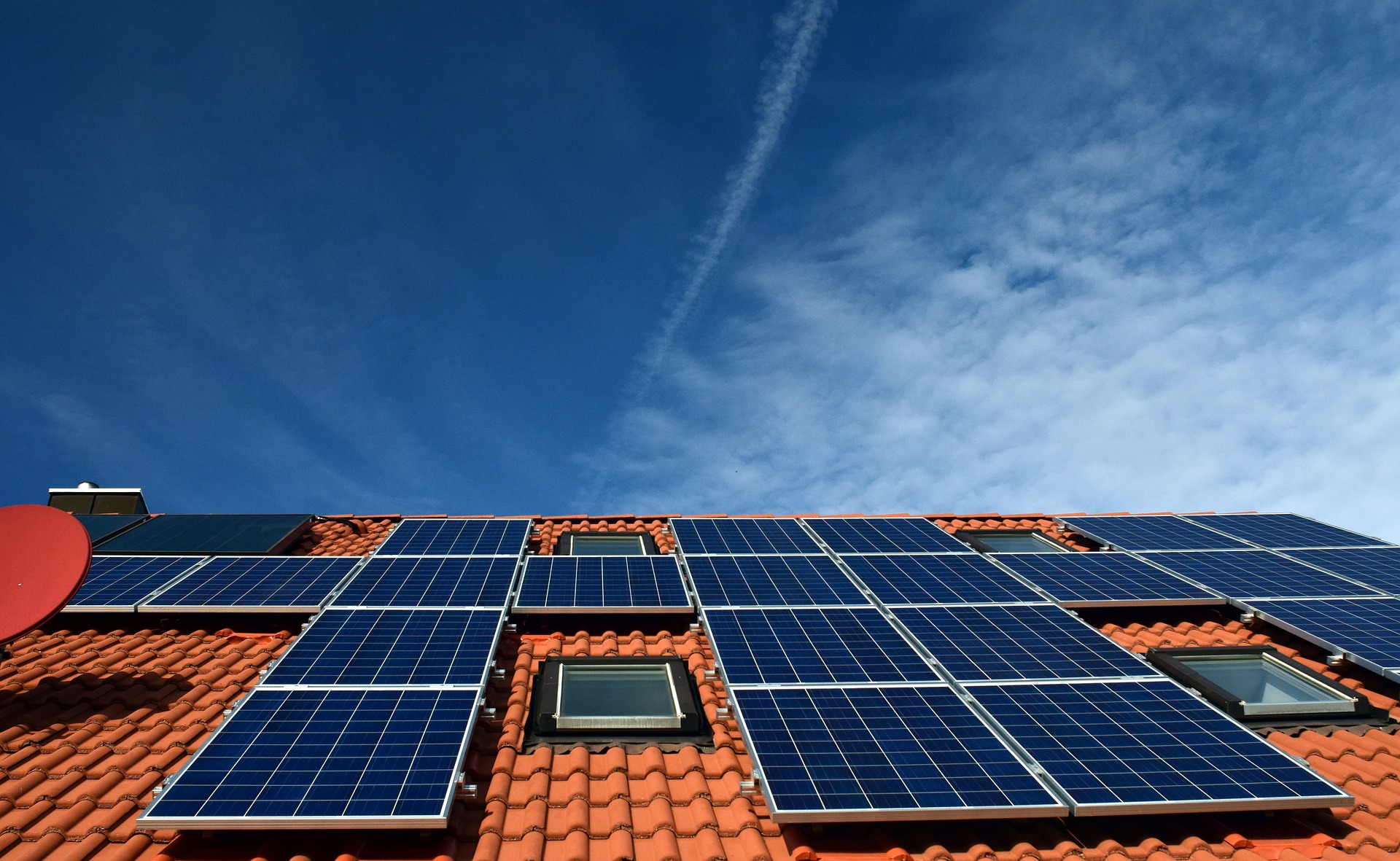The Tiny House Revolution: Embracing Minimalism and Sustainability
The tiny house movement has gained significant traction in recent years, offering a unique solution to various housing challenges. These compact dwellings, typically ranging from 100 to 400 square feet, represent a shift towards minimalist living and sustainable practices. As more people seek alternatives to traditional housing, tiny houses have emerged as a viable option for those looking to simplify their lives, reduce their environmental impact, and achieve greater financial freedom.

How does minimalist living in a tiny house work?
Living in a tiny house requires a significant shift in mindset and lifestyle. Minimalist living in these compact spaces involves carefully curating possessions, embracing multi-functional furniture, and maximizing storage solutions. Residents often find creative ways to organize their belongings, such as using vertical space for storage or opting for collapsible furniture. This approach to living encourages people to focus on experiences rather than material possessions, leading to a simpler, more fulfilling life.
What are the benefits of tiny houses as affordable housing?
One of the most appealing aspects of tiny houses is their potential as an affordable housing solution. The reduced size translates to lower construction costs, smaller utility bills, and decreased maintenance expenses. For many, this means the possibility of homeownership without the burden of a large mortgage. Additionally, tiny houses can be an effective way to address housing shortages in urban areas or provide temporary housing solutions in disaster-stricken regions.
How do tiny houses contribute to sustainable living?
Tiny houses play a significant role in promoting sustainable living practices. Their small footprint inherently reduces energy consumption and resource use. Many tiny homes incorporate eco-friendly features such as solar panels, composting toilets, and rainwater collection systems. The limited space also encourages inhabitants to consume less and generate less waste. By choosing a tiny house, individuals can significantly reduce their carbon footprint and live more in harmony with the environment.
What are the challenges of living in a small house?
While tiny houses offer numerous benefits, they also come with unique challenges. Space constraints can be difficult for some, especially when it comes to storage or entertaining guests. Zoning laws and building codes in many areas are not yet adapted to accommodate tiny houses, making it challenging to find legal places to park or build. Additionally, the lifestyle change required for tiny house living can be a significant adjustment, potentially leading to feelings of claustrophobia or isolation for some individuals.
| Tiny House Type | Average Size (sq ft) | Estimated Cost Range |
|---|---|---|
| DIY Build | 100-300 | $15,000 - $50,000 |
| Pre-Built | 150-400 | $30,000 - $100,000 |
| Luxury Tiny Home | 200-400 | $75,000 - $150,000 |
| Tiny House RV | 100-300 | $40,000 - $80,000 |
Prices, rates, or cost estimates mentioned in this article are based on the latest available information but may change over time. Independent research is advised before making financial decisions.
The tiny house movement represents a paradigm shift in how we think about housing and living spaces. By embracing minimalism, sustainability, and affordability, tiny houses offer a compelling alternative to traditional homes. While not without challenges, the benefits of reduced environmental impact, lower living costs, and a simplified lifestyle make tiny houses an attractive option for those seeking to downsize or live more intentionally. As the movement continues to grow, it’s likely that we’ll see more innovative designs and solutions that address the unique needs of tiny house dwellers, further cementing the place of these small but mighty homes in the future of housing.






